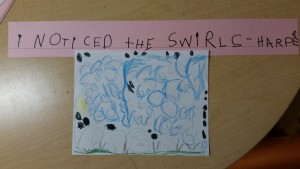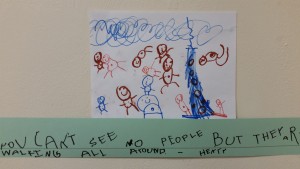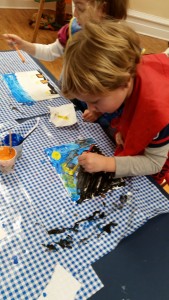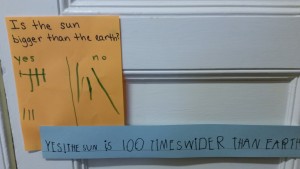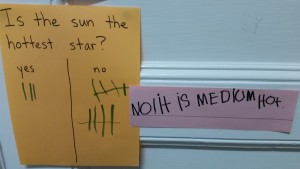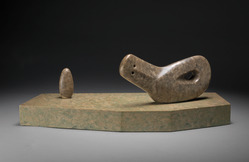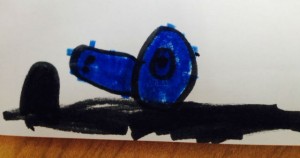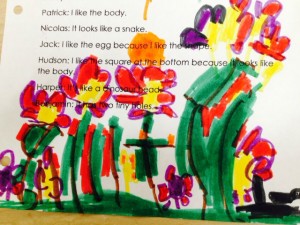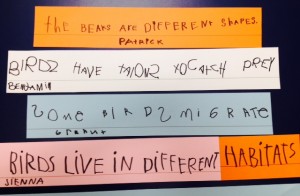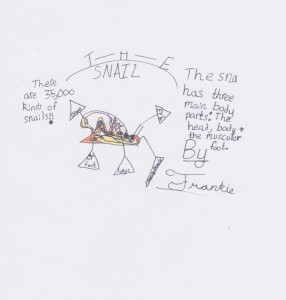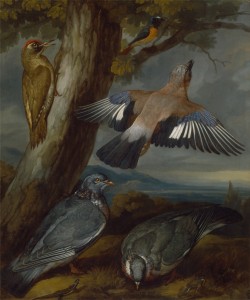Van Gogh’s “Starry Night” is a perennial favorite in our classroom, so it wasn’t by chance that we decided to name our class the “Star” class. The painting was hanging on the wall since the start of school, along with Van Gogh’s quote, “…and what is done in love is done well.”
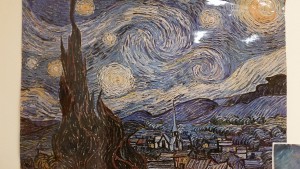
Poster of “Starry Night” by Vincent van Gogh
Recently, we had the children sketch their observations of “Starry Night” and write about them. A couple of students noticed the brush strokes:
Others interpreted the content:
We talked to the children about Van Gogh and his techniques, such as using short brush strokes and outlining some things in black. We also told them that he used a thick application of paint called “impasto”. We thickened the preschool tempera with some shaving cream, and the children painted in the style of Van Gogh.
This sparked additional conversations and journal entries about stars and space. The children brainstormed what they know about stars and/or the sun. We noticed that some of the students made statements such as “The sun is the hottest star” and “The biggest star is the sun”. We translated some of these statements into questions for the class: “Is the sun the hottest star?” and “Is the biggest star the sun?” The children made tally marks to answer these yes/no questions. We set out to debunk these myths by asking Google through the computer microphone. The children loved hearing what “she” has to say! We hung the tallied questions up, along with writing that explains the answer.
Next, we found about a half dozen library books about stars and the sun. The children paired up and read through a book together. We taught them how to use small post-it notes to mark the pages that interested them. They then took turns sharing what they found with the class, and we helped them read some new facts. As we move on with our star study, we will be turning our attention to our next British artist, John Hoyland, an abstract painter who sometimes depicted space.
